Ireland’s landscape has inspired myths and legends for millennia, with ancient Celts attributing magical properties to its mist-shrouded mountains, sacred wells, and stone circles. Across the island, certain towns maintain such profound connections to these stories that walking their streets feels like stepping directly into the pages of Celtic mythology. These places preserve not just physical remnants of ancient Ireland but also the intangible heritage of storytelling and folk belief that continues to shape Irish identity.
Here is a list of 20 magical towns in Ireland that seem plucked directly from Celtic legends, where ancient myths feel tangibly close, and the veil between worlds still seems remarkably thin.
Dingle
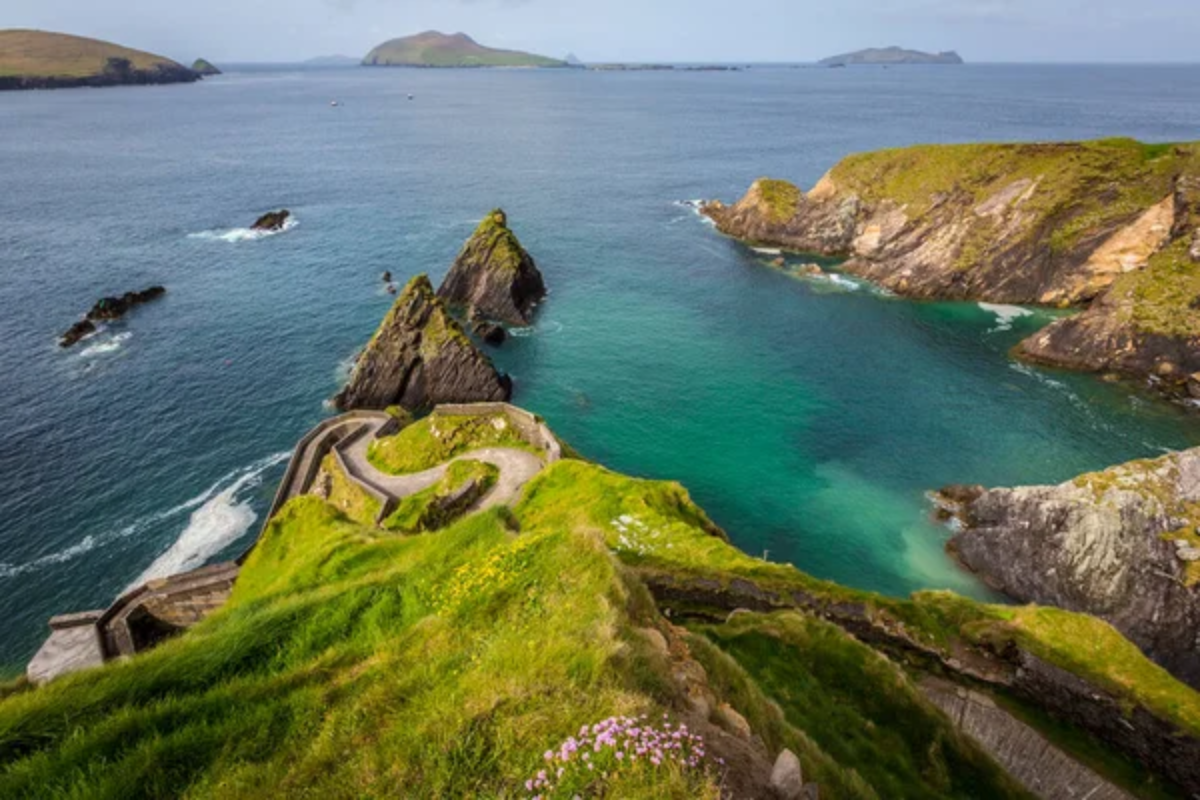
Nestled on a peninsula where the mountains meet the sea, this colorful town sits at the heart of an area saturated with over 2,000 archaeological monuments. Stone beehive huts dating back 6,000 years dot the surrounding hills, while the mysterious Gallarus Oratory stands as a perfect dry-stone structure that has remained waterproof for over 1,200 years.
Local storytellers still share tales of how the peninsula’s most prominent peak, Mount Brandon, got its name from the pre-Christian navigator saint who reportedly saw paradise from its summit.
Ardmore
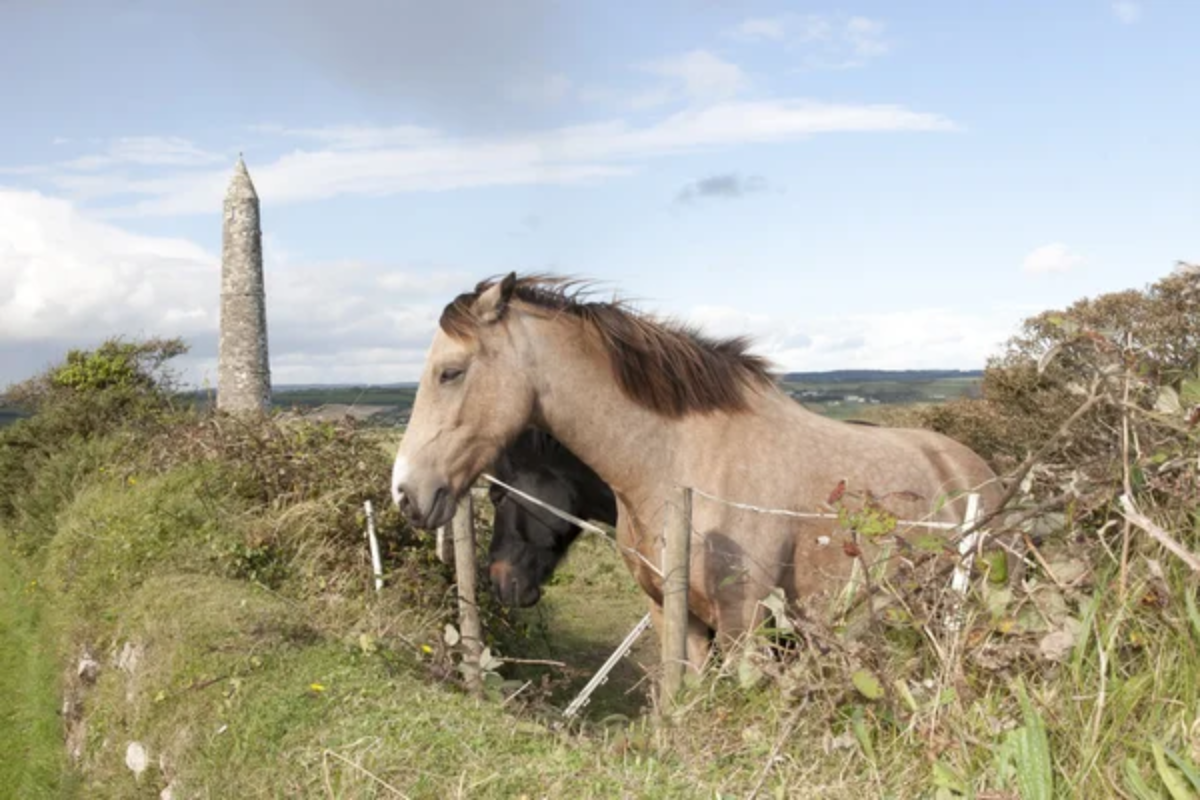
This coastal village in County Waterford centers around the ruins of a 5th-century monastic settlement founded by St. Declan, who allegedly arrived in Ireland before St. Patrick. A round tower and cathedral ruins overlook the bay, while a cliff path leads visitors past an ancient holy well, a shipwreck, and a stone featuring Ogham writing—the earliest form of the Irish language.
Local fishermen still observe traditions tied to pre-Christian water deities, refusing to go to sea on certain days when ancient sea gods are believed to claim human lives.
Like Travel Pug’s content? Follow us on MSN.
Kinsale
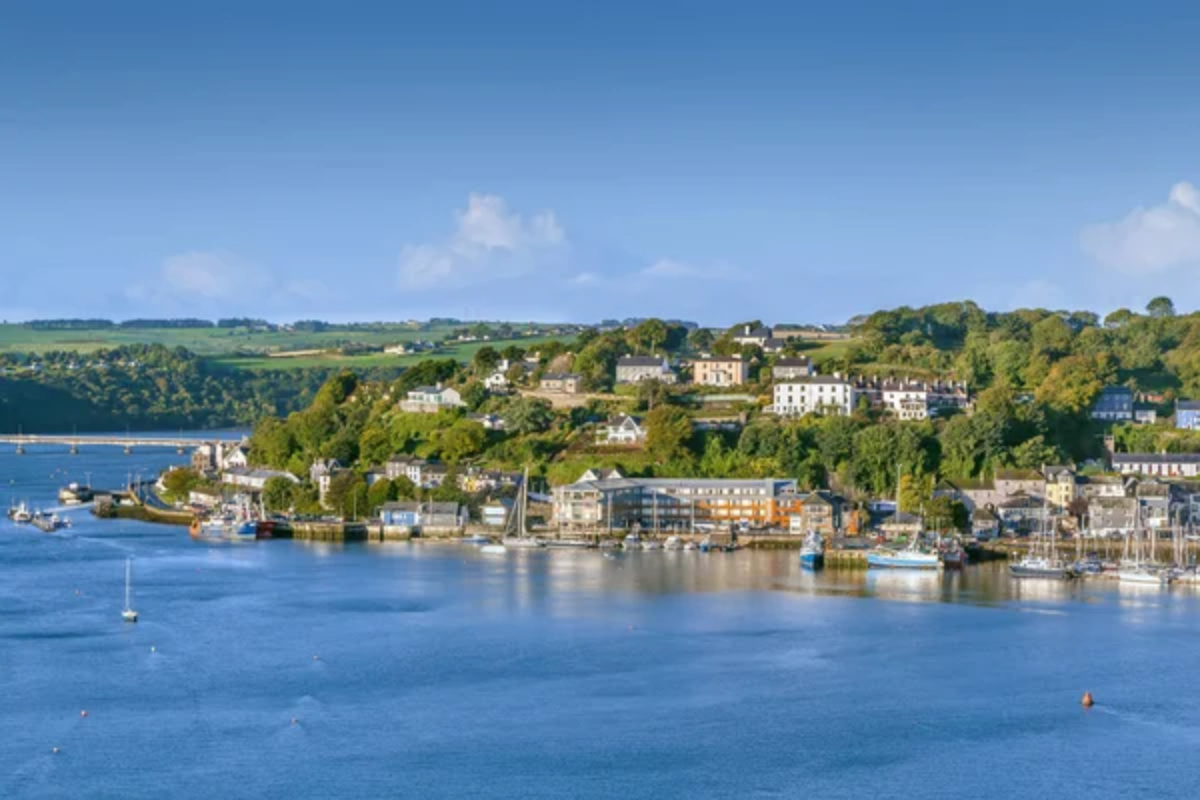
This colorful harbor town in County Cork glimmers like a jewel where the Bandon River meets the sea, its winding medieval streets hiding stories much older than its vibrant buildings. The surrounding hills contain multiple stone circles and standing stones aligned with solstice sunrises, while offshore lies the wreckage site of the Lusitania, giving rise to modern ghost stories of passengers seen walking the harbor.
Local pubs maintain the tradition of seanchaí (storytellers) who share tales of merrows—Irish merfolk believed to wear magical red caps that enable them to live underwater.
Kells
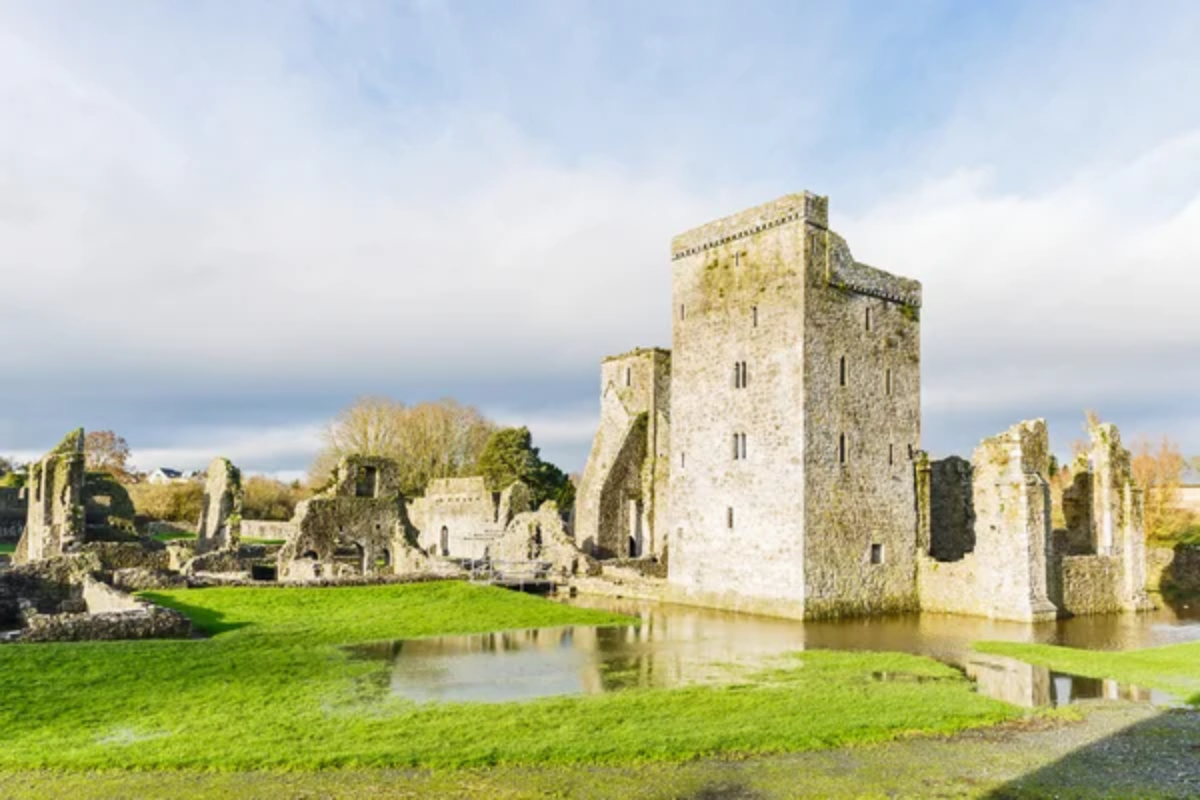
Famous for giving its name to the Book of Kells, this ancient town in County Meath sits directly on the site where the legendary High King Cormac mac Airt built his fortress. Five 9th-century Celtic high crosses stand within the town boundaries, their intricate carvings depicting biblical scenes interpreted through a Celtic artistic lens.
The nearby Kells Priory ruins are said to connect to the Otherworld during Samhain (Halloween) when locals report strange lights moving among the stone arches that cannot be explained by modern science.
Cashel
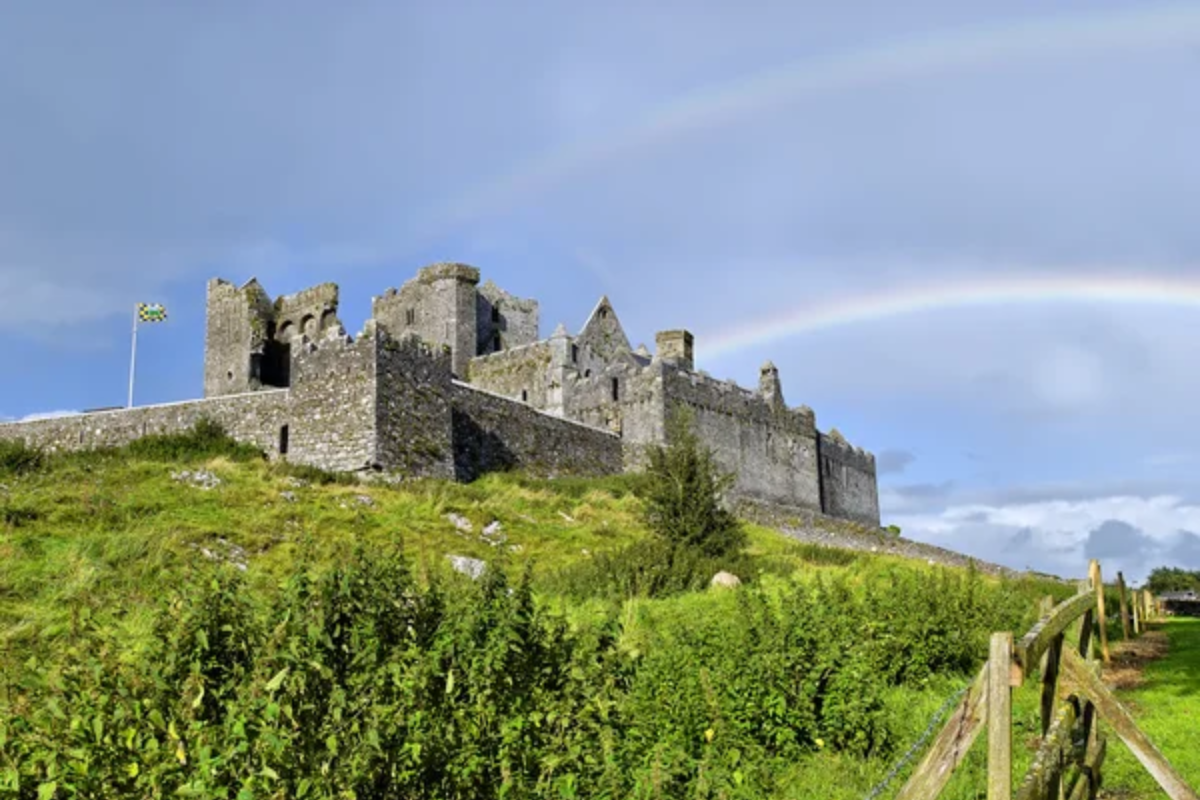
Dominated by the dramatic Rock of Cashel rising 200 feet above the surrounding plains, this town centers around one of Ireland’s most spectacular archaeological sites. Ancient legends claim the rock formed when the devil bit off a piece of mountain and spat it out across the landscape after St. Patrick banished him from a cave.
The surrounding town preserves medieval structures where folklore suggests that on certain nights, the ghosts of ancient kings who were crowned at Cashel can be seen processing through the streets toward their former stronghold.
Like Travel Pug’s content? Follow us on MSN.
Kenmare
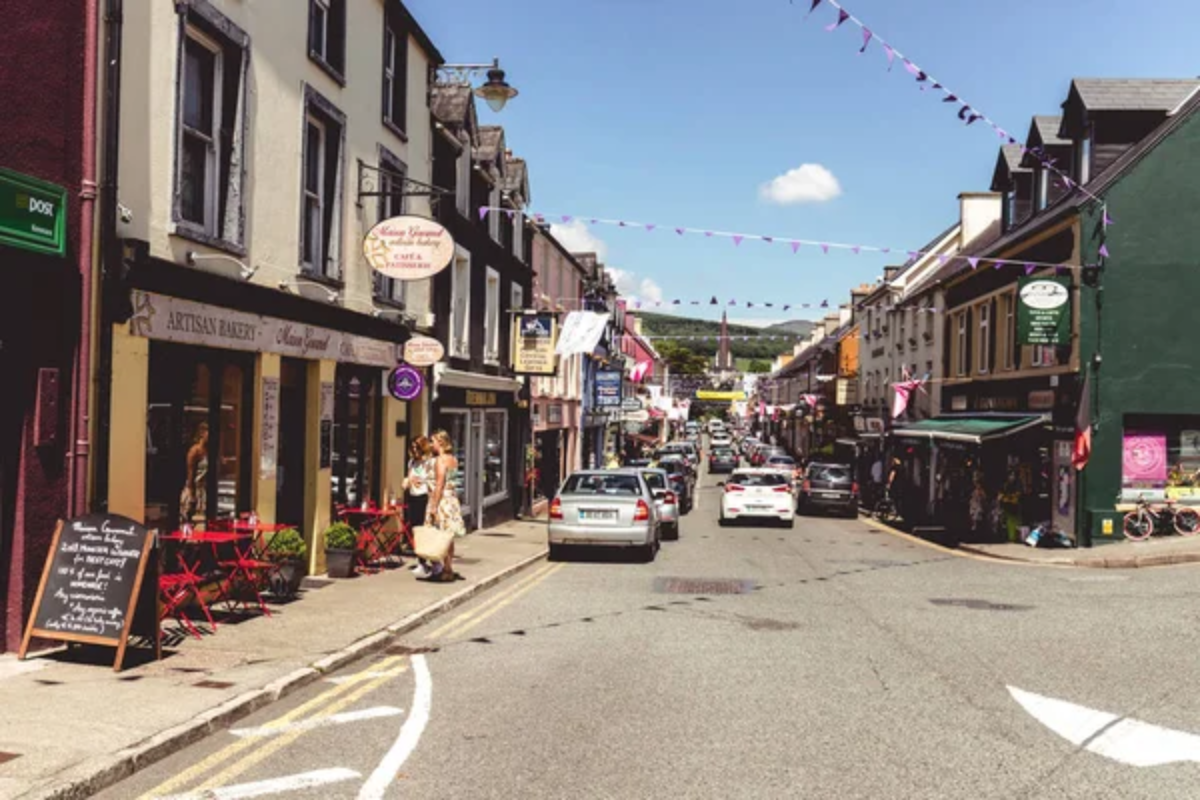
This perfectly preserved heritage town sits at the junction of the Ring of Kerry and the Beara Peninsula, surrounded by mountains that ancient Celts believed housed supernatural beings. The nearby Stone Circle, one of the largest in southwest Ireland, features a central boulder known as a ‘leaba’ or ceremonial bed used in fertility rituals that continued well into the Christian era.
The town’s name derives from Ceann Mara (‘head of the sea’), referring to the sea god Manannán mac Lir, whom locals once believed controlled the tides visible from the town’s pier.
Glencolumbkille
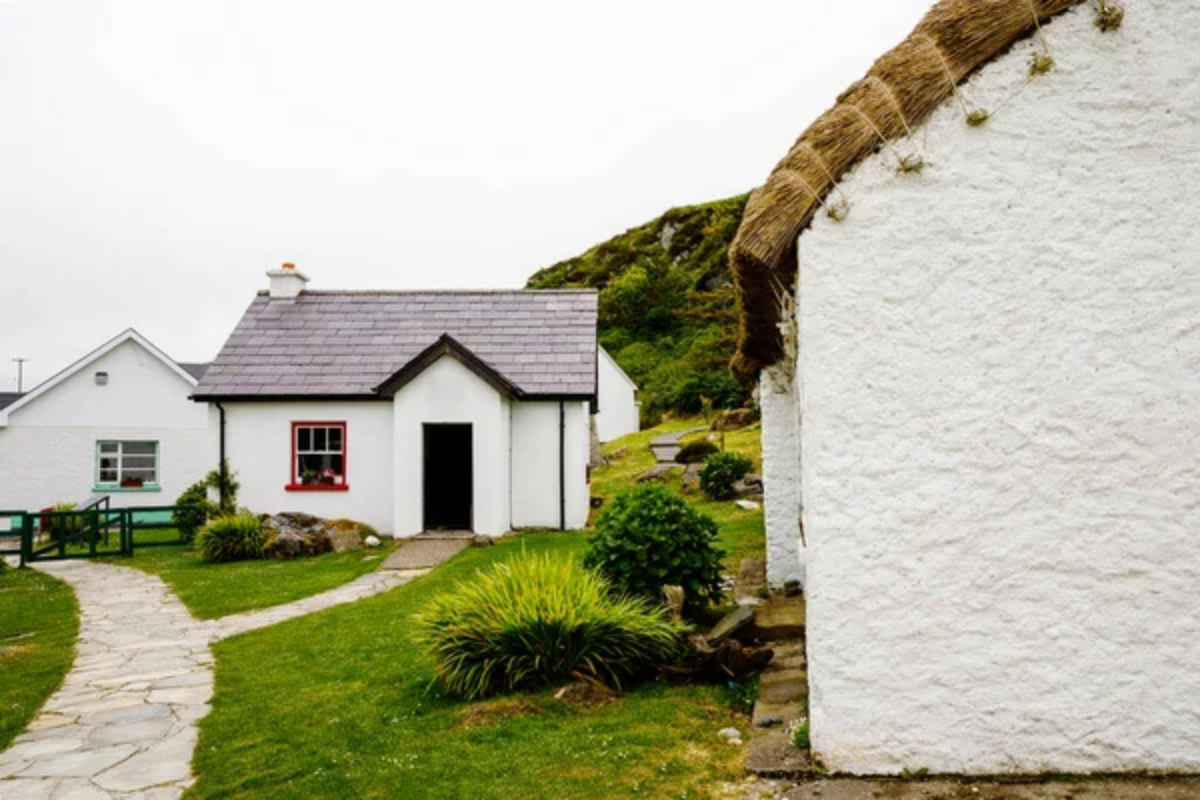
Situated in a remote valley in southwest Donegal, this Gaeltacht (Irish-speaking) village preserves pre-Christian traditions alongside Catholicism introduced by St. Columba in the 6th century. Stone markers dating from pagan times still define the turas (pilgrimage route) that winds around the valley, with locals maintaining the tradition of walking it sunwise on June 9th.
The surrounding cliffs hide caves where legendary Irish warrior Fionn mac Cumhaill is said to sleep until Ireland needs him again, with locals reporting strange echoes that sound like snoring emanating from the deepest chambers.
Kilkenny
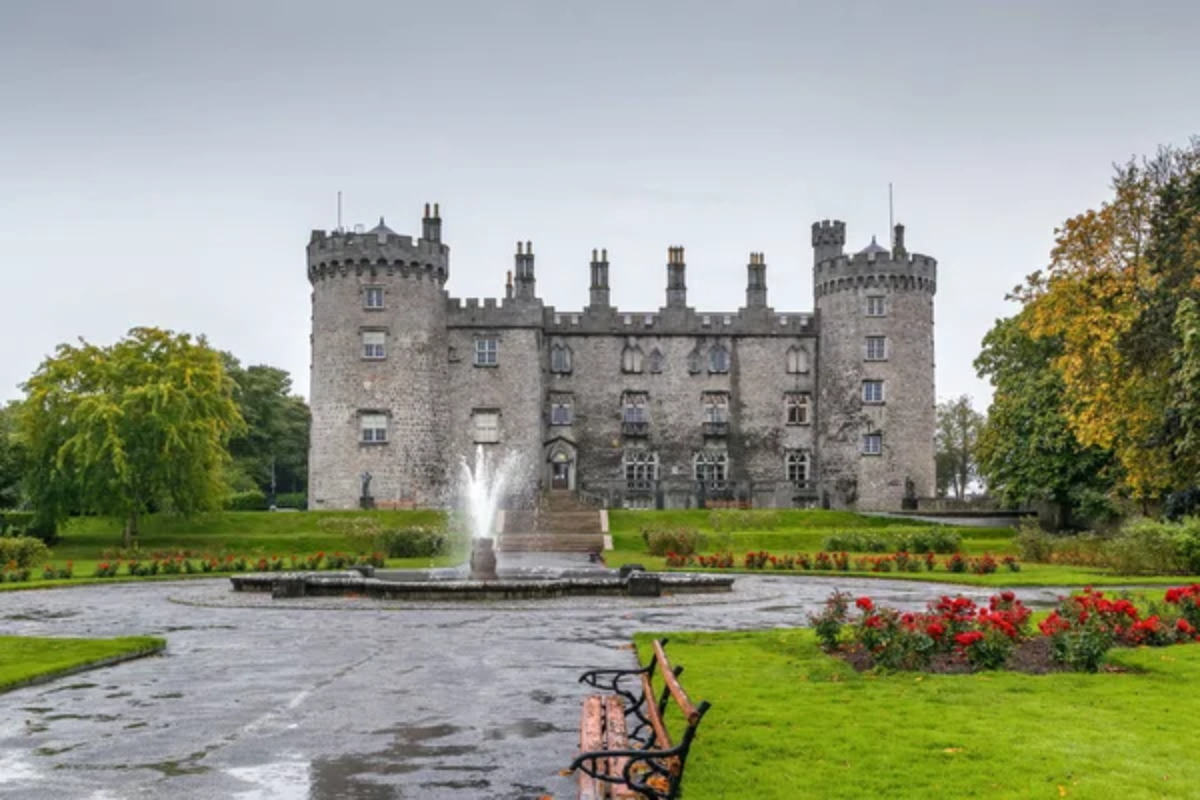
This medieval town built along the River Nore features Ireland’s best-preserved example of Norman architecture, with narrow slipways and passages hidden between its main streets. Local folklore holds that these passages connect to an underground city inhabited by the Aos Sí (fairy folk), who emerge during the ancient festival of Imbolc.
The town’s name itself—Cill Chainnigh (‘Church of Cainnech’)—references a 6th-century monk said to have miraculous powers, including the ability to calm storms and heal the blind, traditions still commemorated in annual festivities.
Like Travel Pug’s content? Follow us on MSN.
Athenry
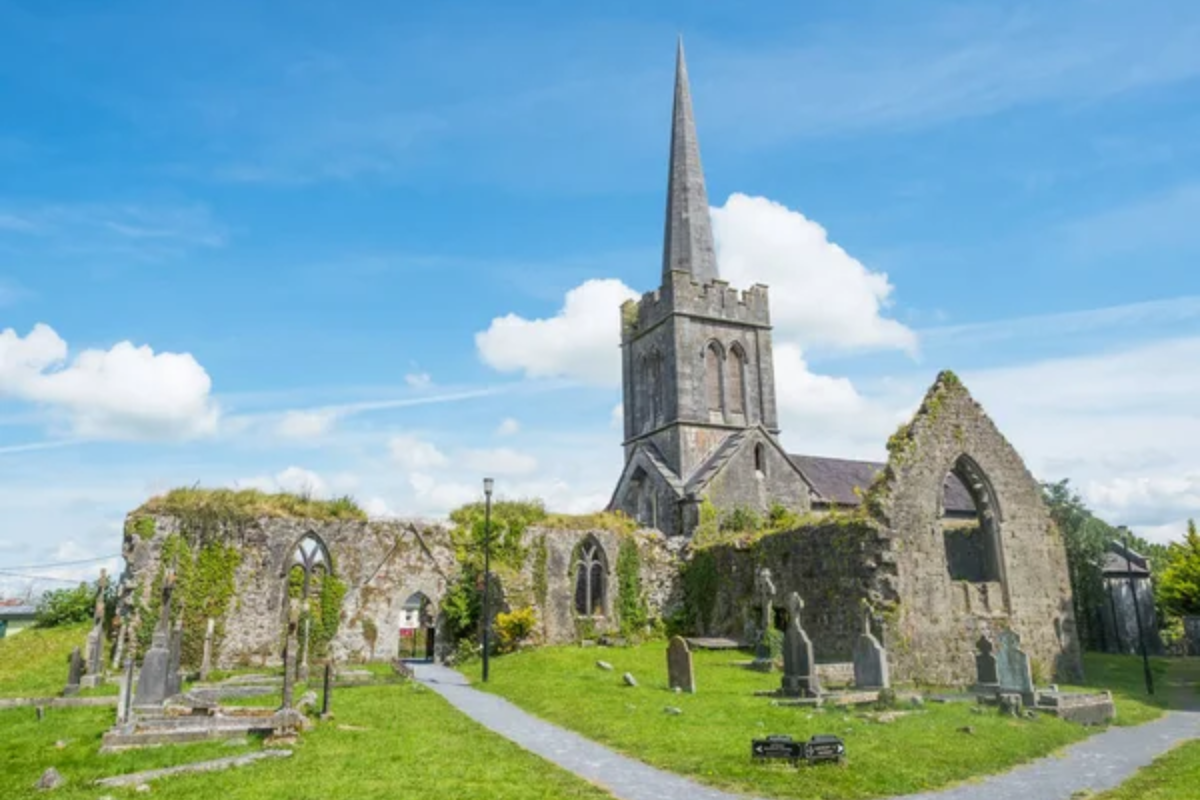
This perfectly preserved medieval walled town in County Galway maintains its 13th-century street layout, dominated by a remarkably intact Norman castle and surrounded by fields where ancient battles determined the fate of western Ireland. The town’s name derives from Áth na Ríogh (‘Ford of the Kings’), referring to a river crossing where legendary kings encountered supernatural beings who tested their worthiness to rule.
Local traditions include ceremonially ‘beating the bounds’ of the town walls during harvest time, a practice with direct links to Celtic territory-marking rituals.
Killorglin
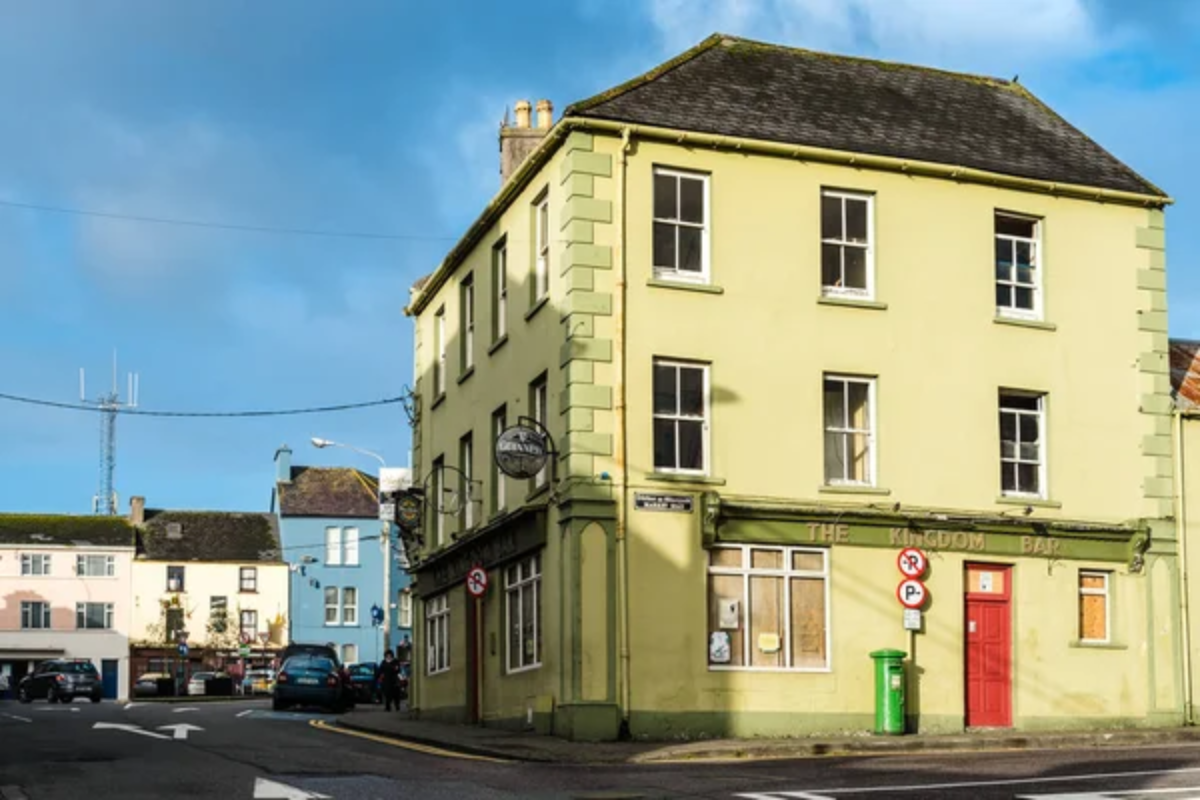
This Kerry town hosts the ancient Puck Fair every August, where a wild mountain goat is captured and crowned king for three days in a ceremony with clear pre-Christian origins connected to fertility deities. The surrounding mountains feature prominently in the Fenian Cycle of Irish mythology, with several lakes believed to have formed from the tears of lovesick goddesses.
Local fishermen still observe traditions tied to Manannán mac Lir, the sea god, by pouring the first drink of whiskey onto the boats before setting sail.
Cobh
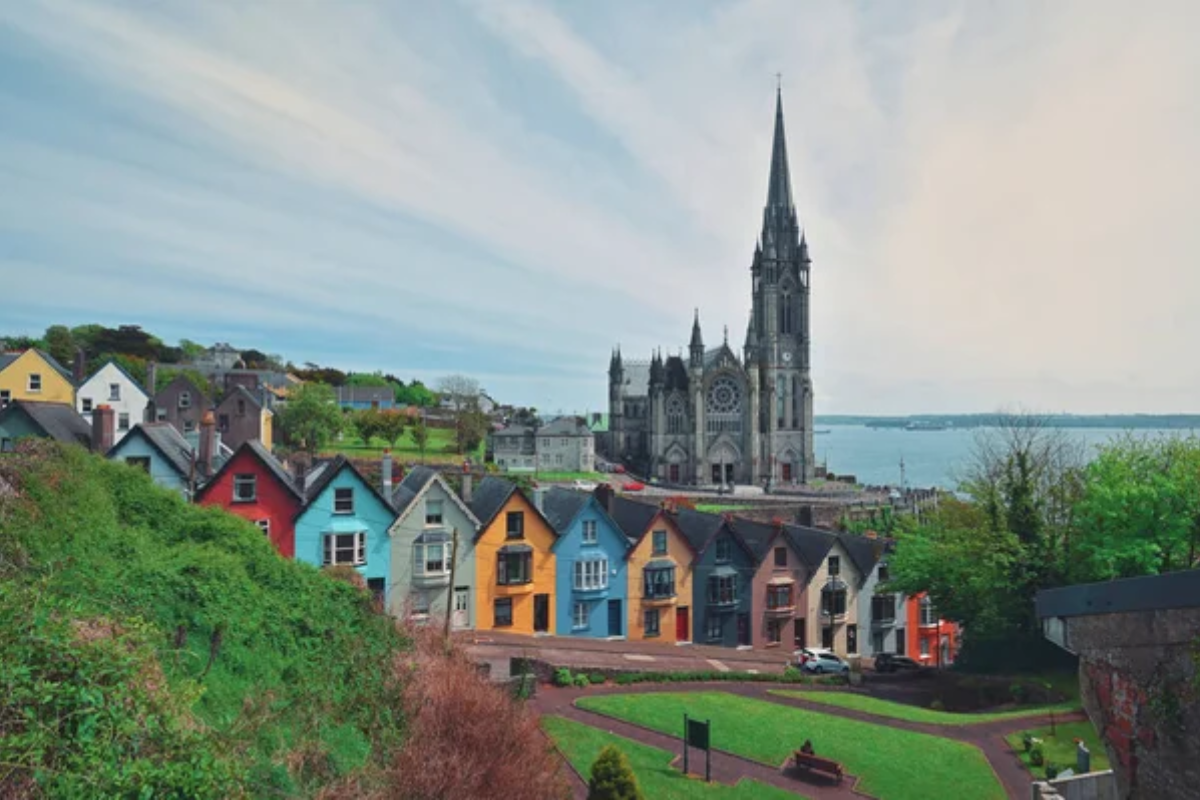
This harbor town’s colorful houses cascade down a steep hill toward what was the departure point for millions during the Irish diaspora, creating a physical embodiment of the Irish concept of ‘longing for home’ that permeates Celtic music and poetry. The town’s original name, Queenstown, was restored to its ancient Irish form, Cóbh, meaning ‘cove,’ reconnecting it to old seafaring traditions.
Local maritime lore includes stories of phantom ships seen entering the harbor during storms, believed to be manifestations of vessels lost at sea returning to their home port.
Like Travel Pug’s content? Follow us on MSN.
Cong
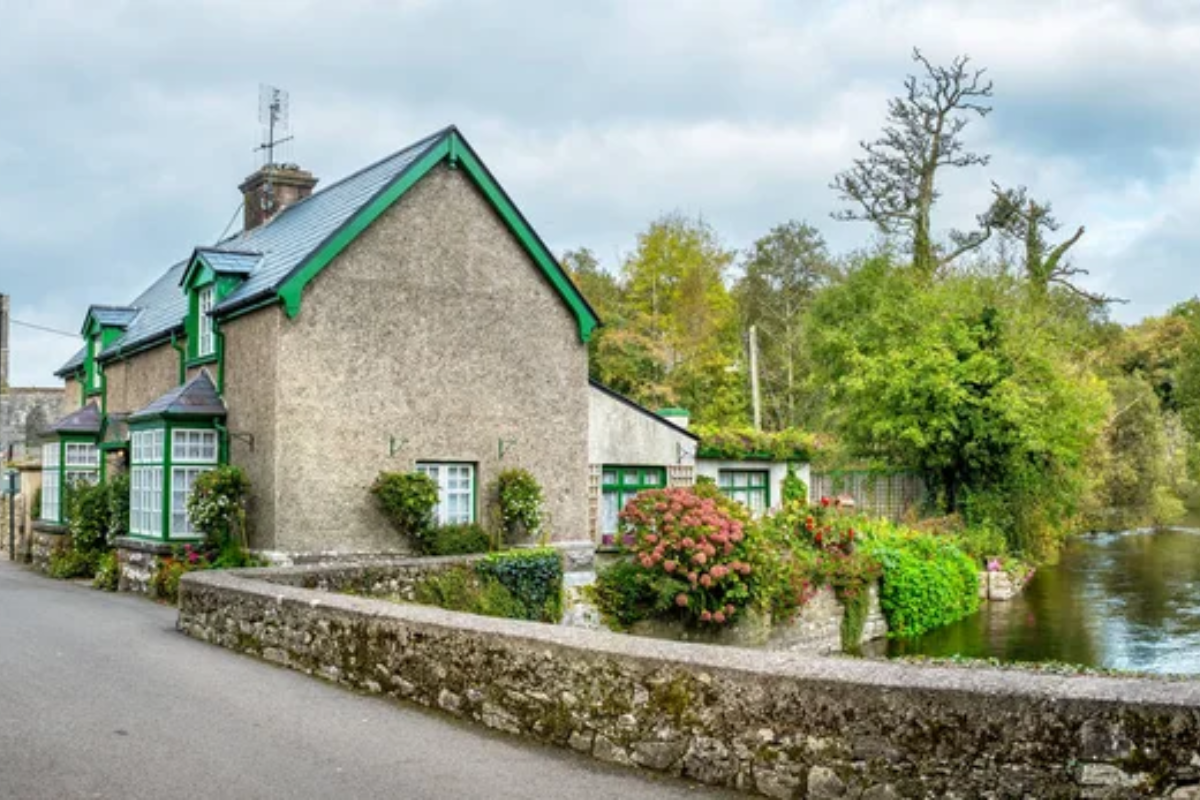
Situated on an isthmus between Lough Corrib and Lough Mask, this picture-perfect village in County Mayo contains the ruins of a 12th-century abbey built over a much older sacred site where pre-Christian Irish kings reputedly made offerings to water deities. Underground streams flow beneath the village streets, sometimes audible through grates, which locals associate with the ‘salmon of knowledge’ from Celtic mythology.
The surrounding forest contains one of Ireland’s last remaining examples of primeval woodland, believed in folklore to be protected by nature spirits who cause visitors who take anything from the forest to become hopelessly lost.
Enniskerry
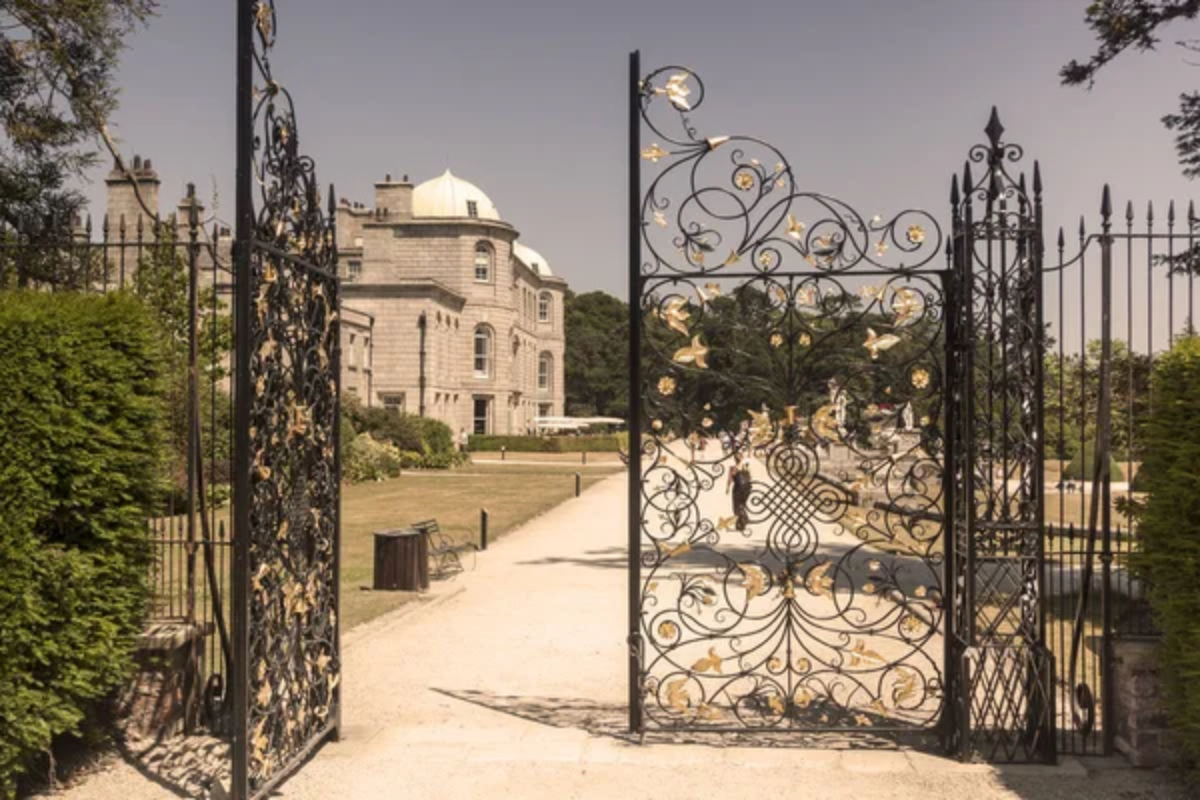
This charming village in the Wicklow Mountains sits at the gateway to a valley known in Irish as Gleann Dá Loch (‘Valley of Two Lakes’), featured prominently in legends of St. Kevin, who founded the nearby monastic city of Glendalough. The village’s design around a triangular center echoes the Celtic reverence for trinities that predated Christianity, while the surrounding mountains feature prominently in stories of Fionn mac Cumhaill and the Fianna warriors.
Local tradition holds that the nearby Powerscourt Waterfall connects to the Otherworld during Bealtaine (May Day), when the sound of fairy music can supposedly be heard in its cascades.
Dunkineely
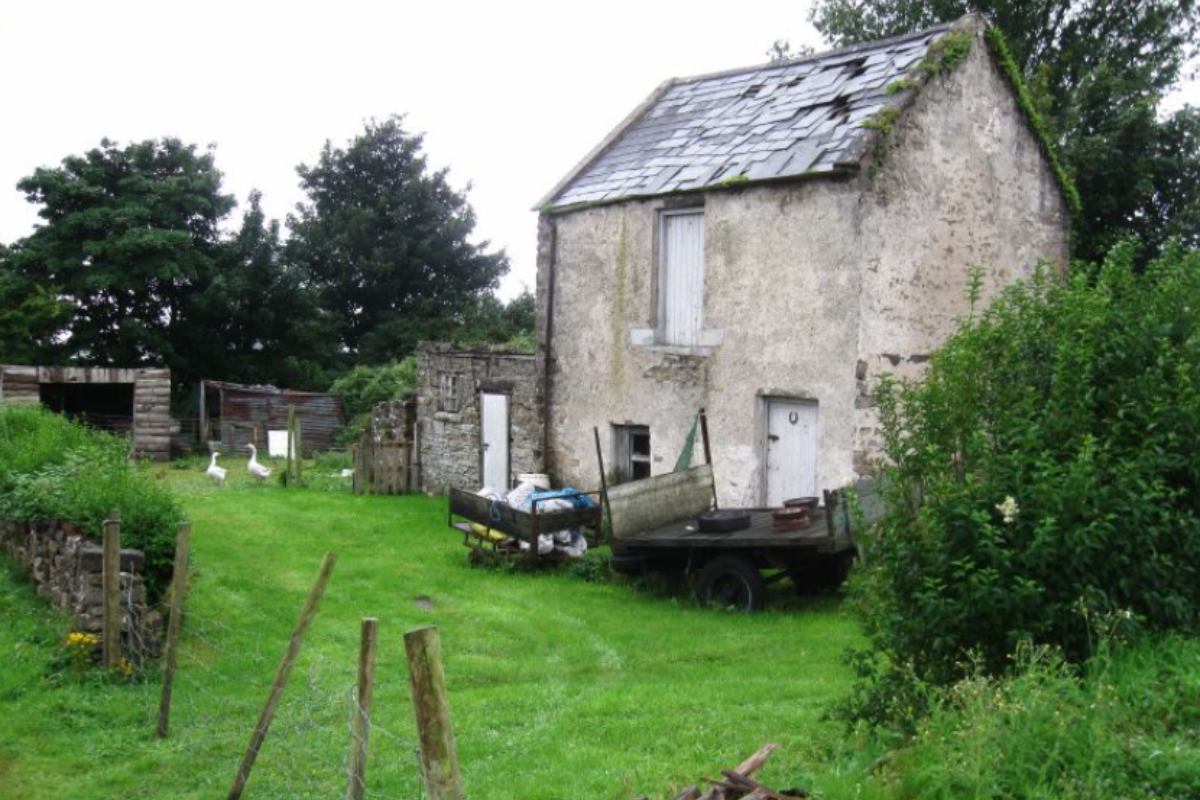
This tiny fishing village in County Donegal preserves the legend of Balor of the Evil Eye, a one-eyed giant from Irish mythology who could kill with a glance. The offshore islands visible from the harbor are said to have formed when Balor turned his deadly gaze upon invaders, petrifying them instantly.
The village maintains pre-Christian fishing rituals, including the blessing of nets during the quarter days of the Celtic calendar, while local traditional music preserves melodies said to have originated with the Tuatha Dé Danann, supernatural beings who preceded humans in Ireland.
Like Travel Pug’s content? Follow us on MSN.
Carlingford
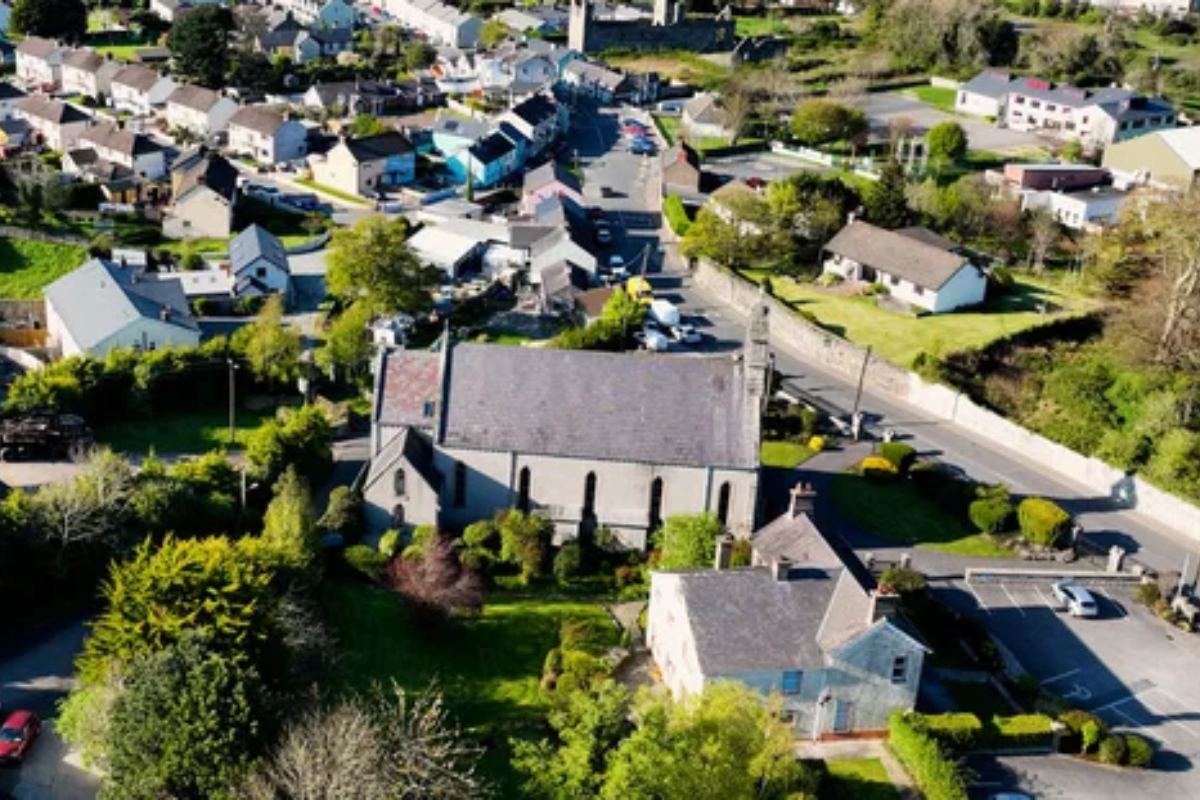
Nestled between the mountains and the sea on the Cooley Peninsula, this medieval town is associated with the legendary Táin Bó Cúailnge (Cattle Raid of Cooley), Ireland’s equivalent of the Iliad. The surrounding mountains feature prominently in the story of Cú Chulainn, Ireland’s greatest mythological hero who single-handedly defended Ulster against Queen Medb’s army.
The town celebrates this connection with an annual festival where the main street is transformed to resemble a Celtic settlement while local storytellers recite passages from the ancient saga in both English and Irish.
Bunratty
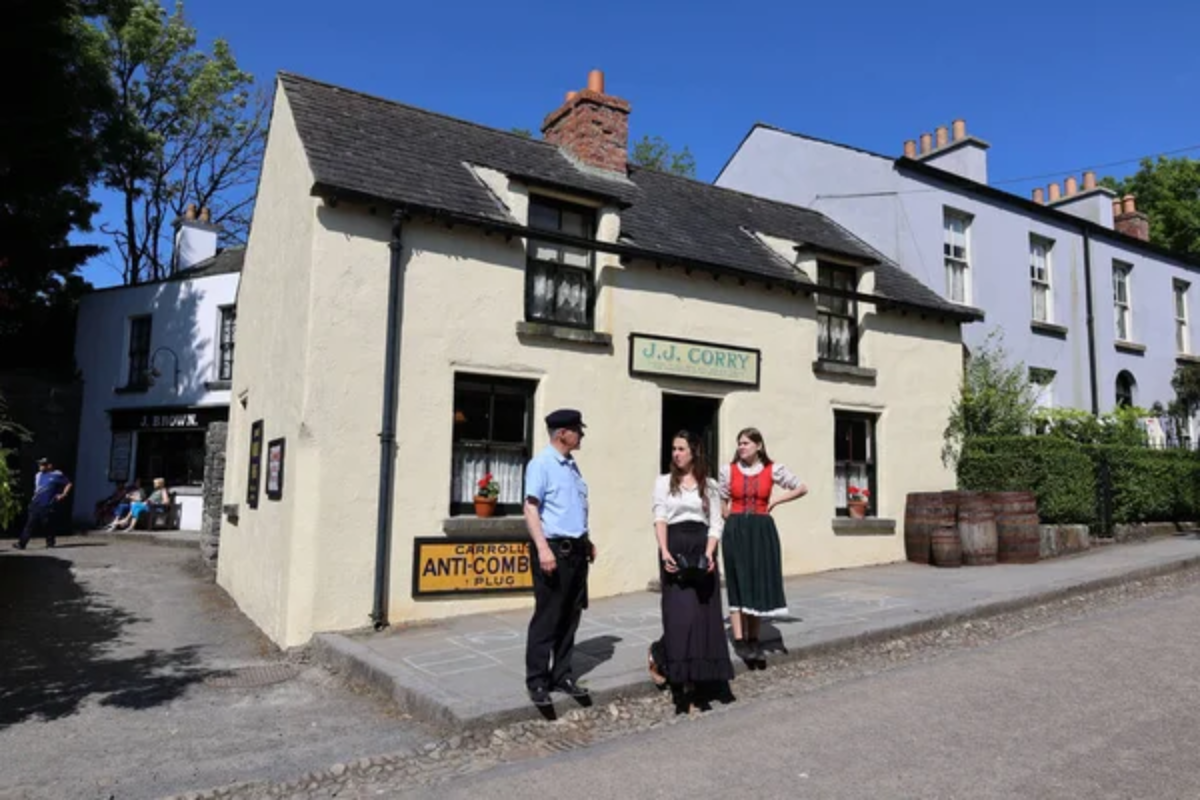
More than just home to the famous castle and folk park, this Clare village sits at a critical junction where the River Shannon meets the sea—a location ancient Celts considered a boundary between worlds. The village name comes from Bun Raite (‘mouth of the Ratty’), referencing the river believed to connect the human world with the Otherworld during key Celtic festivals.
Local tradition maintains that the original castle site was chosen because it aligned with both solstice sunrises and the constellations associated with the Celtic harvest deities, connections still acknowledged during annual midsummer celebrations.
Lismore
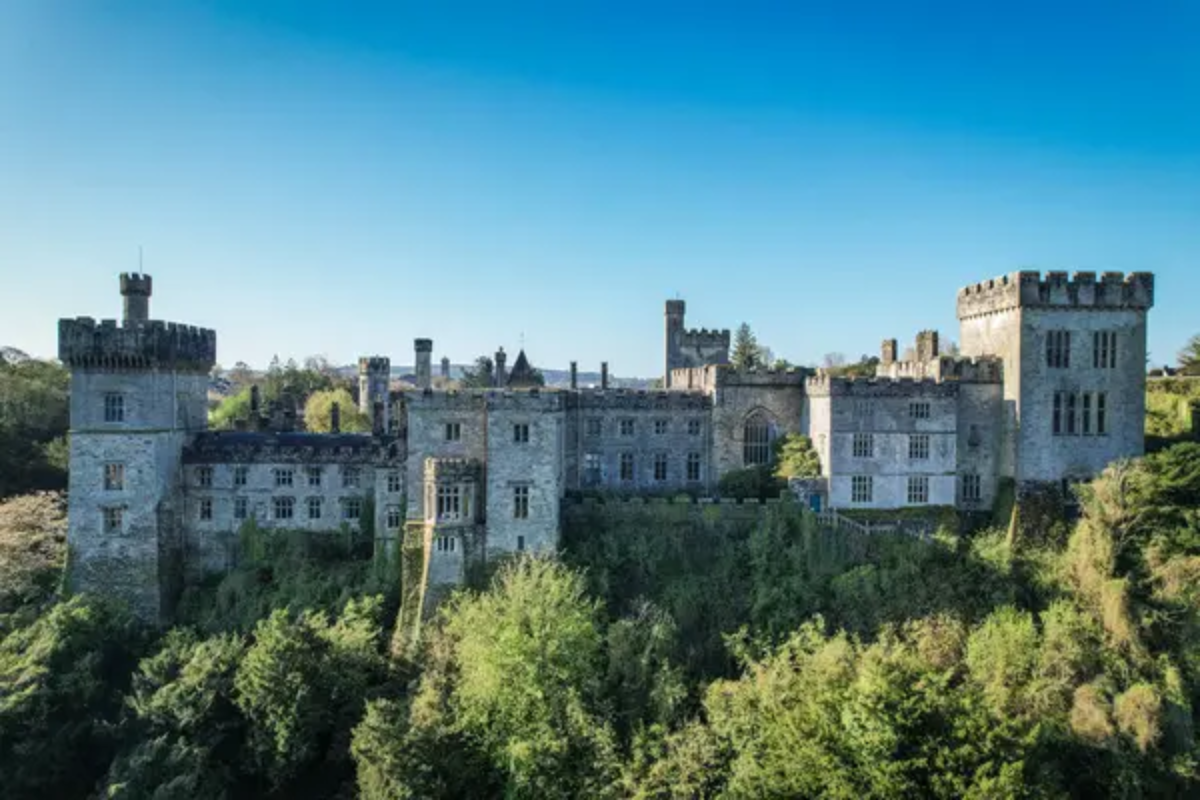
Dominated by a castle built on the site of a pre-Christian ceremonial center, this heritage town in County Waterford sits in a valley where the Blackwater River creates a natural boundary that features prominently in territorial myths. The town grew around a monastery founded by St. Carthage in 636 CE, built deliberately upon a pagan sacred site to symbolize Christianity’s triumph over older beliefs.
Local folk traditions maintain that the castle gardens connect to fairy realms during Midsummer, when certain plants gathered there are believed to confer the ability to see supernatural beings.
Like Travel Pug’s content? Follow us on MSN.
Birr
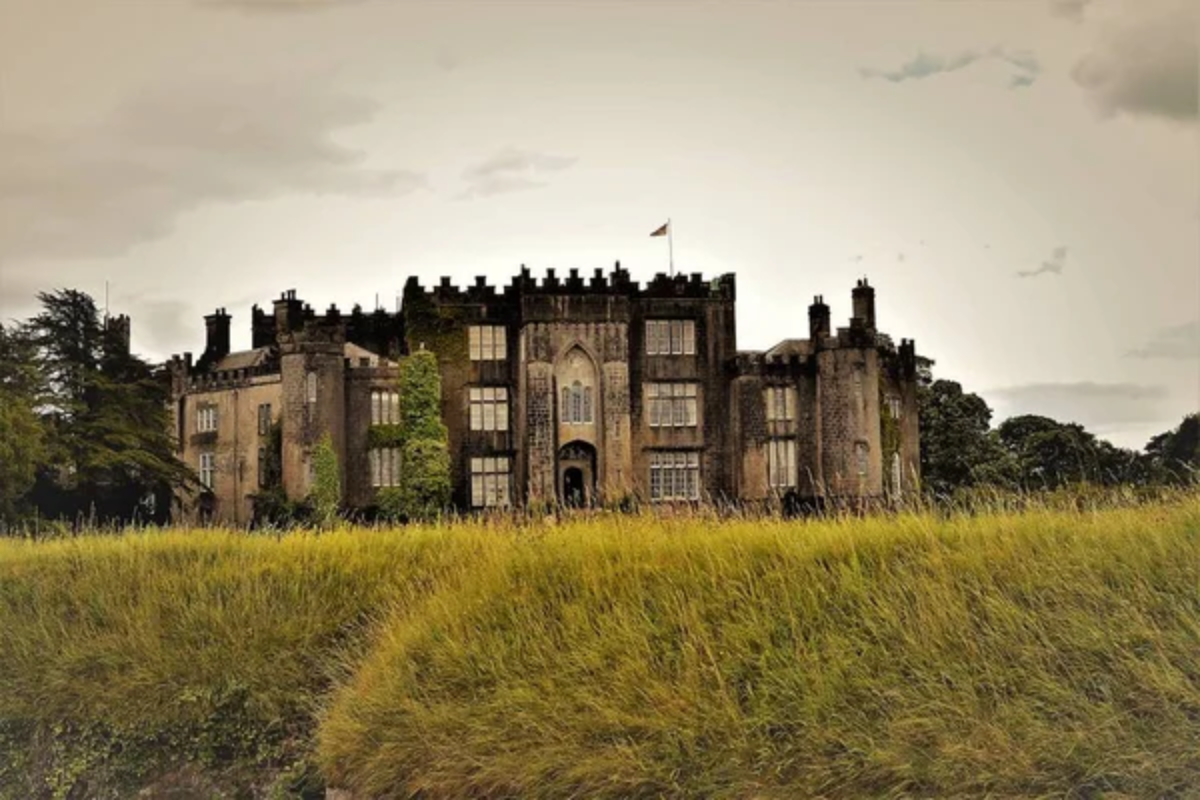
This architecturally preserved Georgian town in County Offaly contains one of Ireland’s most important ancient scientific sites—Birr Castle, where the world’s largest telescope of the 19th century was built. The surrounding demesne contains trees planted in patterns that mirror Celtic cosmological symbols, while stone monuments in the garden align with the equinox and solstice sunrises.
Local folklore maintains that the castle grounds contain a portal to the Otherworld, explaining why so many astronomical discoveries were made there—the thin boundary between worlds supposedly allowed observers to perceive cosmic truths hidden from others.
Inistioge
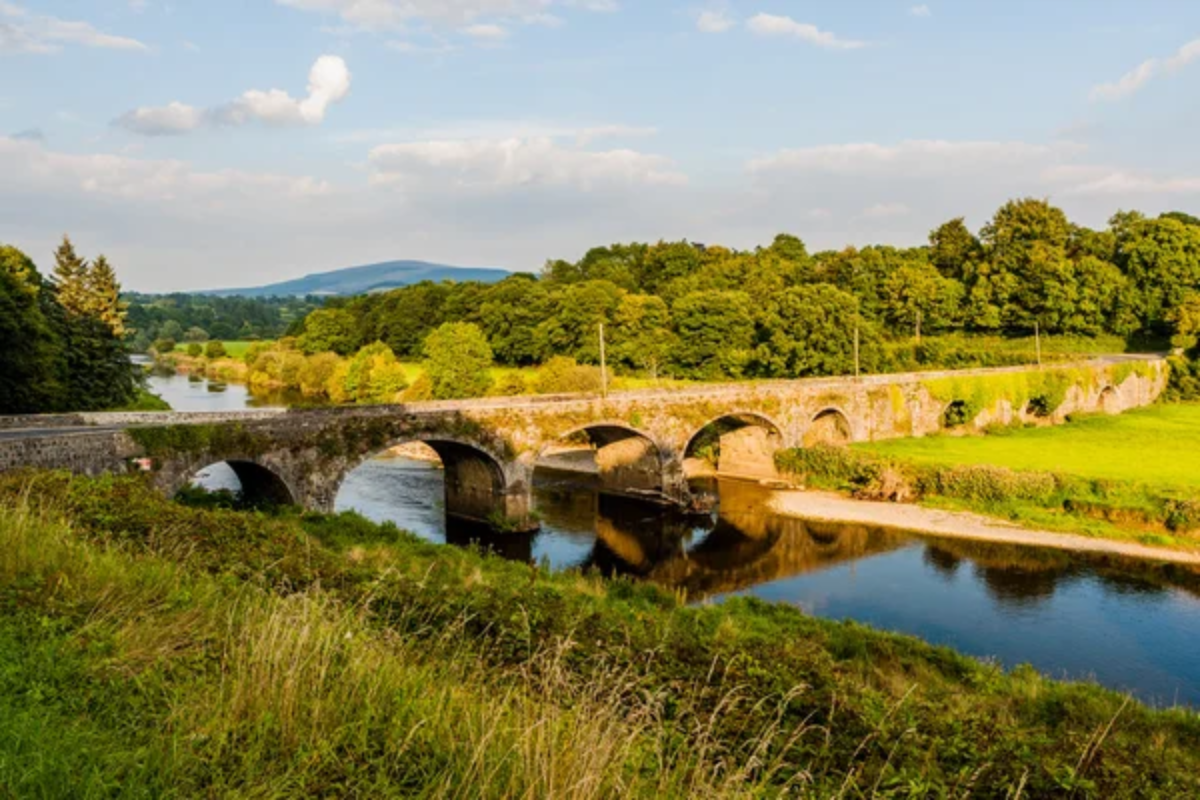
This perfectly preserved village in County Kilkenny sits in a valley where the River Nore winds beneath a ten-arch stone bridge that local tradition claims was built with fairy assistance. The surrounding woodlands feature in legends of Fionn mac Cumhaill, who reportedly hunted magical deer that could transform into beautiful women if captured.
The village square, with its perfectly proportioned Georgian houses, stands on the site of an ancient gathering place where seasonal markets coincided with Celtic fire festivals, a tradition maintained through annual community celebrations that still follow the pre-Christian calendar.
Ardara
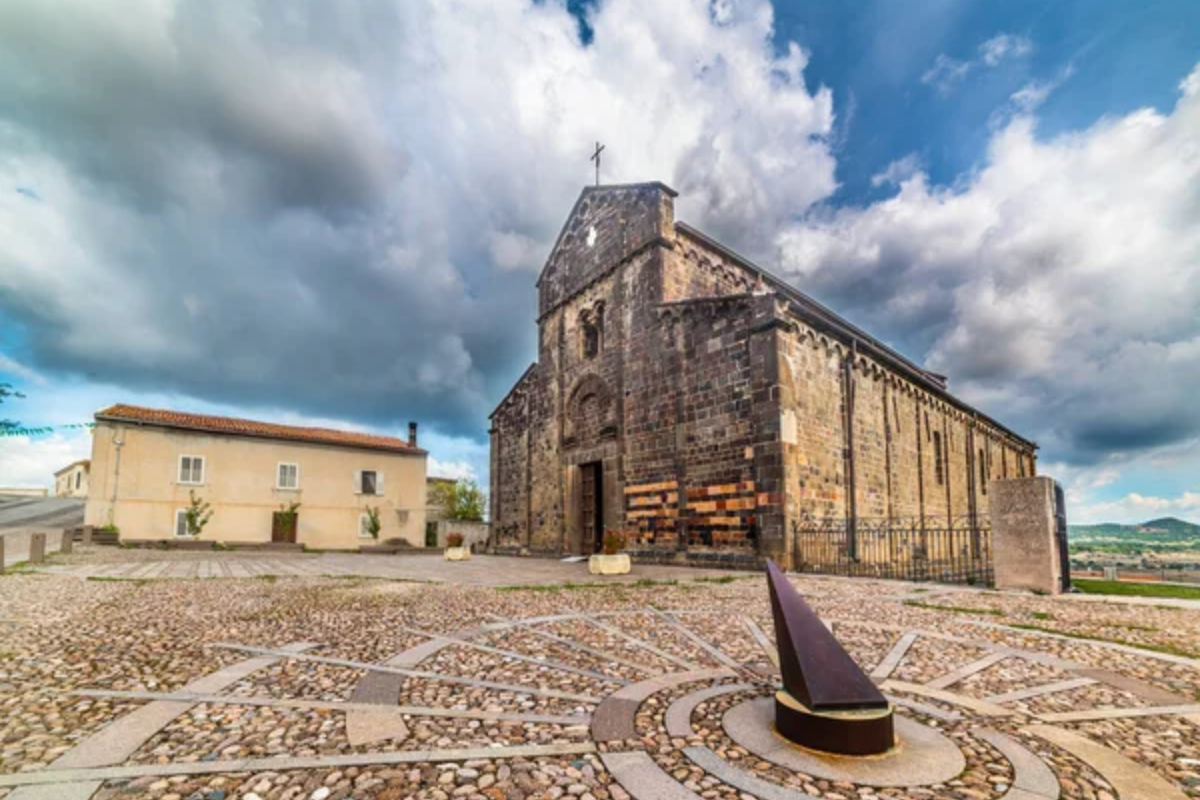
This traditional weaving town in County Donegal preserves techniques for creating handwoven tweed that date back to pre-historical times, with patterns said to encode ancient tribal affiliations and protection spells. The surrounding Glengesh Pass features prominently in legends of the warrior queen Meadhbh, who supposedly rode through the valley with her armies on their way to steal Ulster’s great brown bull.
The town’s pubs maintain the tradition of ‘rambling houses’ where seanchaí (storytellers) once shared Celtic sagas through the night, with local musicians still incorporating themes from these ancient stories into their compositions.
Like Travel Pug’s content? Follow us on MSN.
Enchanted Places in a Timeless Land
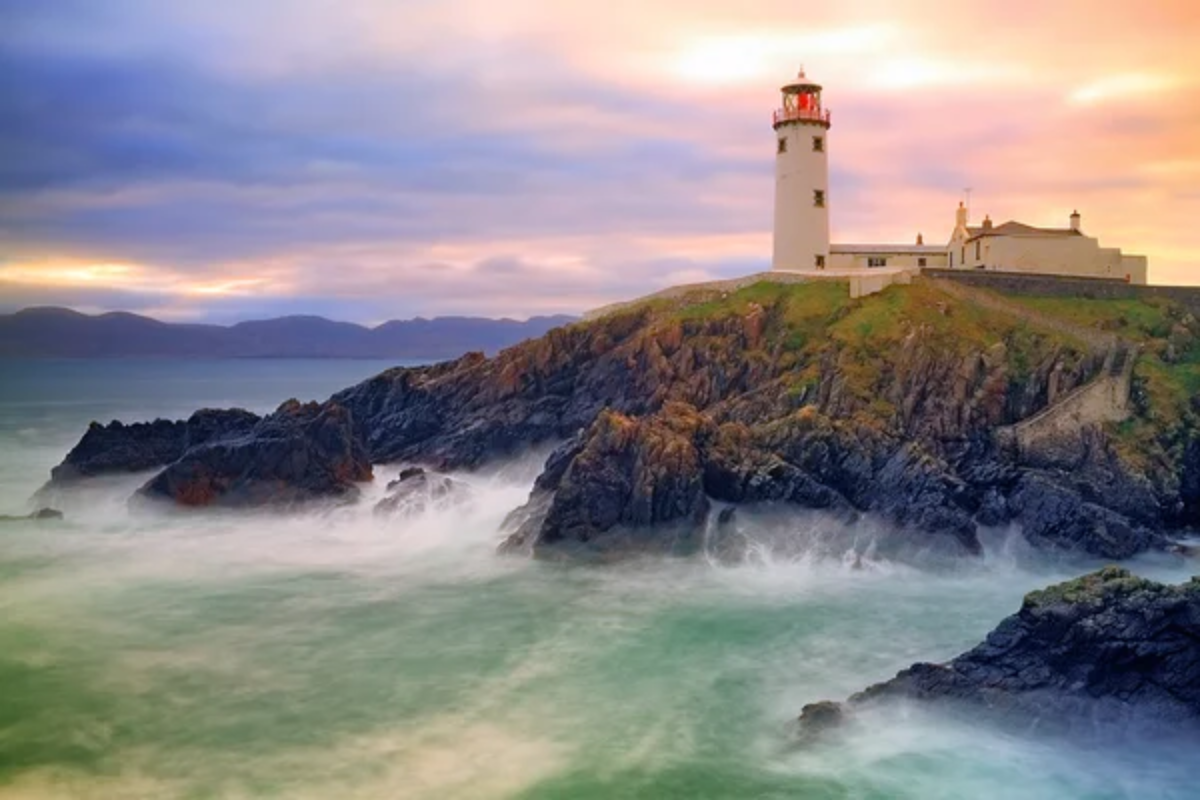
These twenty towns represent portals to Ireland’s mythic past, places where ancient stories still echo through narrow streets and rise like mist from sacred wells. Unlike reconstructed tourist attractions, these communities maintain organic connections to Celtic heritage through living traditions, annual festivals, and a landscape that itself serves as the most authentic storyteller of all.
In a rapidly changing world, these towns preserve something increasingly rare—a sense of continuity with ancient wisdom and wonder, tangible reminders that the stories that shaped Irish consciousness for thousands of years remain accessible to anyone willing to wander their enchanted streets with eyes and heart open to the magic that lingers there still.
More from Travel Pug

- 20 Towns Built for One Purpose That Were Later Abandoned
- 15 Hidden Spots in Disney World’s Magic Kingdom Most Visitors Miss
- 20 Once-Popular Beach Towns That Are Now Ghostly Empty
- 15 Canyons in the U.S. That Are Just as Stunning as the Grand Canyon
- 10 Under-the-Radar Mountain Towns That Are Both Affordable and Beautiful
Like Travel Pug’s content? Follow us on MSN.
